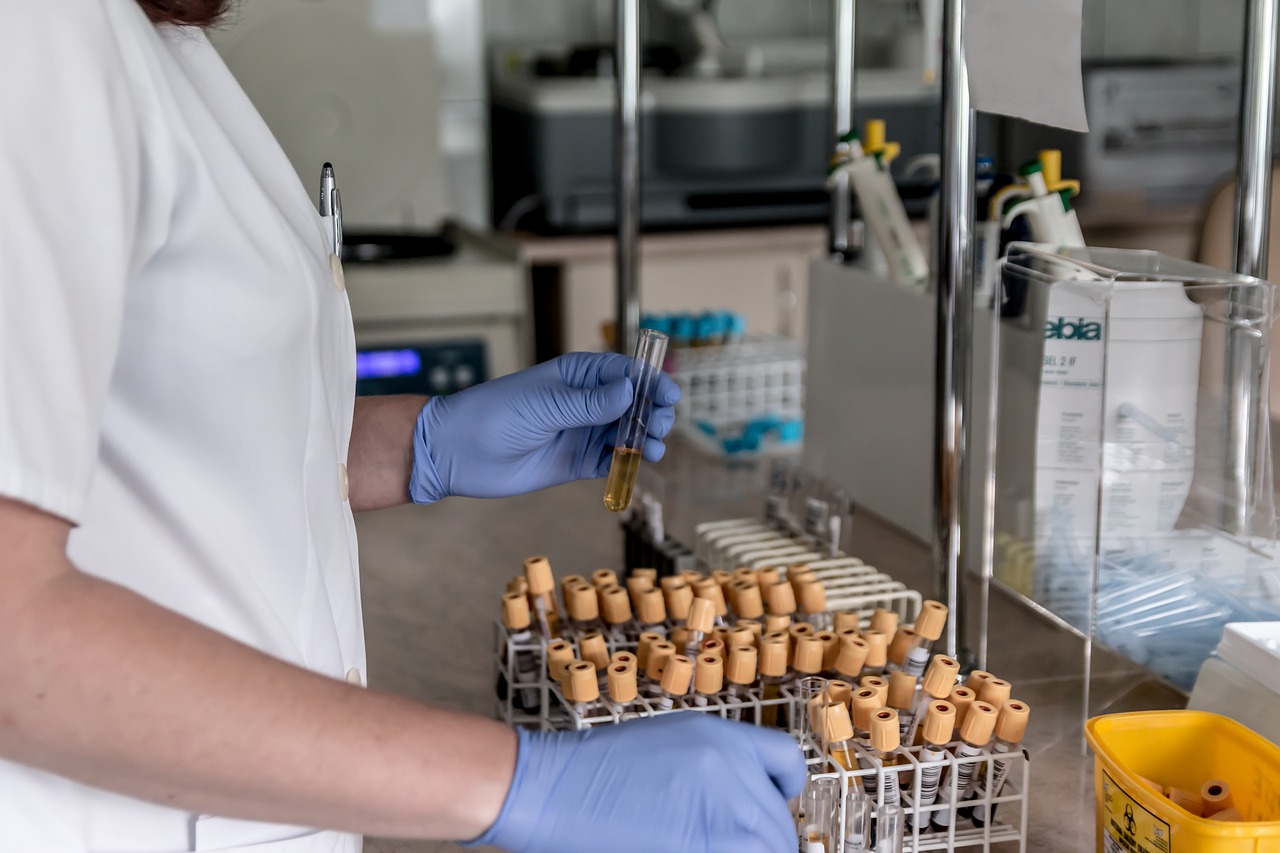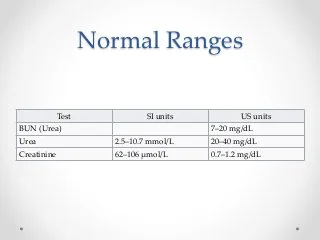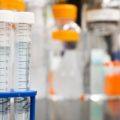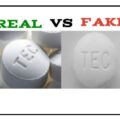BUN-to-creatinine ratio is the ratio of two serum laboratory values, the blood urea nitrogen (BUN) (mg/dL) and serum creatinine (Cr) (mg/dL). The principle behind this ratio is the fact that both urea (BUN) and creatinine are freely filtered by the glomerulus; however, urea reabsorbed by the tubules can be regulated (increased or decreased) whereas creatinine reabsorption remains the same (minimal reabsorption).
Urea and creatinine are nitrogenous end products of metabolism. Urea is the primary metabolite derived from dietary protein and tissue protein turnover. Creatinine is the product of muscle creatine catabolism. Both are relatively small molecules that distribute throughout total body water.
Outside the United States, particularly in Canada and Europe, the term urea is often used. BUN only reflects the nitrogen content of urea (MW 28) and urea measurement reflects the whole of the molecule (MW 60), urea is approximately twice (60/28 = 2.14) that of BUN.
In Canada and Europe, the units are also different (mmol/L). The units of creatinine are also different (μmol/L), and this value is termed the urea-to-creatinine ratio. The ratio may be used to determine the cause of acute kidney injury or dehydration.
The BUN/Creatinine ratio is useful in the differential diagnosis of acute or chronic renal disease. Reduced renal perfusion, e.g. congestive heart failure or recent onset of urinary tract obstruction, will result in an increase in the BUN/Creatinine ratio. Increased urea formation also results in an increase in the ratio, e.g. gastrointestinal bleeding, trauma, etc. When there is decreased formation of urea, as seen in liver disease, there is a decrease in the BUN/Creatinine ratio. In most cases of chronic renal disease, the ratio remains relatively normal.
Reference Range
| Analyte | Male | Female |
| BUN, 0-18 Years | 5-18 mg/dL | 5-18 mg/dL |
| BUN, ≥19 Years | 8-23 mg/dL | 8-23 mg/dL |
| Creatinine, ≤2 Days | 0.79-1.58 mg/dL | 0.79-1.58 mg/dL |
| Creatinine, 3-27 Days | 0.35-1.23 mg/dL | 0.35-1.23 mg/dL |
| Creatinine, 1 Month- 9 Years | 0.20-0.73 mg/dL | 0.20-0.73 mg/dL |
| Creatinine, 10-12 Years | 0.30-0.78 mg/dL | 0.30-0.78 mg/dL |
| Creatinine, 13-15 Years | 0.40-1.05 mg/dL | 0.40-1.00 mg/dL |
| Creatinine, 16-17 Years | 0.60-1.20 mg/dL | 0.50-1.00 mg/dL |
| Creatinine, 18-19 Years | 0.60-1.26 mg/dL | 0.50-1.00 mg/dL |
| Creatinine, 20-49 Years | 0.60-1.35 mg/dL | 0.50-1.10 mg/dL |
| Creatinine, 50-59 Years | 0.70-1.33 mg/dL | 0.50-1.05 mg/dL |
| Creatinine, 60-69 Years | 0.70-1.25 mg/dL | 0.50-0.99 mg/dL |
| Creatinine, 70-79 Years | 0.70-1.18 mg/dL | 0.60-0.93 mg/dL |
| Creatinine, ≥80 Years | 0.70-1.11 mg/dL | 0.60-0.88 mg/dL |
| BUN/Creatinine Ratio | 6-22 | 6-22 |
| eGFR Non-African American | ≥60 mL/min/1.73m2 |
| eGFR African American | ≥60 mL/min/1.73m2 |
The distinction between BUN: creatinine ratio (BCR) and urea: creatinine ratio (UCR)
In the US and a few other countries, urea concentration is expressed as the nitrogen content of urea (MW 28) and reported as blood urea nitrogen (BUN) in non-SI units (mg/dL). In all other parts of the world, urea results are expressed as the whole urea molecule (MW 60) and reported as urea in SI units (mmol/L). These two different ways of reporting urea results give rise to two quite different values for the ratio.
The non-SI ratio (BCR) is BUN (mg/dL) / plasma creatinine (mg/dL). The reference range is around 8-15 [5] and the most commonly used cut-off value to define increased BCR is 20.
The SI ratio (UCR) is plasma urea (mmol/L) / (plasma creatinine (μmol/L) divided by 1000). The factor of 1000 is needed to convert the creatinine result from μmol/L to mmol/L, the urea unit of measurement. The UCR reference range is much higher than that for BCR (of the order 40-100) because of the difference between urea and urea nitrogen, and is less clearly defined than that for BCR, possibly because the ratio is less often used.
A solution to this interpretative problem is to convert SI results for urea and creatinine to non-SI results before calculating the ratio. This allows calculation of the more commonly used and better-referenced BCR.
For example:
Patient A has:
plasma urea 5.0 mmol/L
plasma creatinine 75 μmol/L
The UCR for this patient is 5.0 / (75/1000) = 66
To calculate BCR for this patient we must first convert urea mmol/L to BUN mg/dL and creatinine μmol/L to creatinine mg/dL.
To convert urea mmol/L to BUN mg/dL – divide by 0.357
To convert creatinine μmol/L to creatinine mg/dL – divide by 88.4
So for Patient A:
BUN is 5.0 / 0.357 = 14 mg/dL
Creatinine is 75 / 88.4 = 0.85 mg/dL
And BCR is 14 / 0.85 = 16
All numerical values for the urea: creatinine ratio in this article will be BCR, not UCR values unless specifically stated.
Increased BCR/UCR can present, theoretically at least, in one of three ways:
- Increased plasma urea and normal plasma creatinine
- Normal plasma urea and decreased plasma creatinine
- An increase in plasma urea is disproportionately greater than increased creatinine
The principal causes of increased BCR/UCR are listed in Table II below under these three headings. Decreased BCR/UCR [6] is less common and usually of less clinical significance. It is a feature of very rare inherited disorders of the urea cycle, and advanced liver disease. Both are typically associated with reduced plasma urea but normal plasma creatinine. Spuriously raised plasma creatinine (due to substances that interfere with creatinine estimation) can cause decreased BCR/UCR.
TABLE I: Comparison of urea and creatinine as markers of glomerular filtration rate (GFR)
| Criteria of a substance for its plasma concentration to most accurately reflect GFR |
Urea | Creatinine |
| Excreted only by the kidneys | Not entirely – a small amount (<10 %) is excreted via the nonrenal route in sweat and feces. |
Yes, the kidneys are normally the only route of excretion. (Some creatinine maybe excreted via the non-renal route in patients with the most advanced renal disease). |
| Freely filtered at the glomerulus | Yes | Yes |
| Not reabsorbed or secreted by renal tubule cells |
A variable quantity of urea reabsorbed from the filtrate, dependent on the state of hydration, renal blood flow, etc. Urea is also secreted by renal tubules. Only 40-50 % of filtered urea appears in the urine. |
Creatinine is not reabsorbed. Virtually all filtered creatinine appears in the urine. However, a small amount is secreted by proximal tubules. |
| Concentration in blood unaffected by factors other than GFR, i.e. must be unaffected by diet and produced at a constant rate |
A number of non-renal factors materially affect urea production/concentration including:
|
Creatinine production and therefore plasma creatinine concentration is constant so long as muscle mass remains unchanged. Plasma levels are ethnically and gender dependent, and are transiently increased by eating cooked meat. |
TABLE II: Causes of increased BCR/UCR
Plasma urea increased/Plasma creatinine normal
|
| Plasma urea normal/Plasma creatinine reduced Decreased muscle mass |
| Plasma urea is disproportionately higher than increased plasma creatinine AKI is caused by prerenal mechanisms:
|






